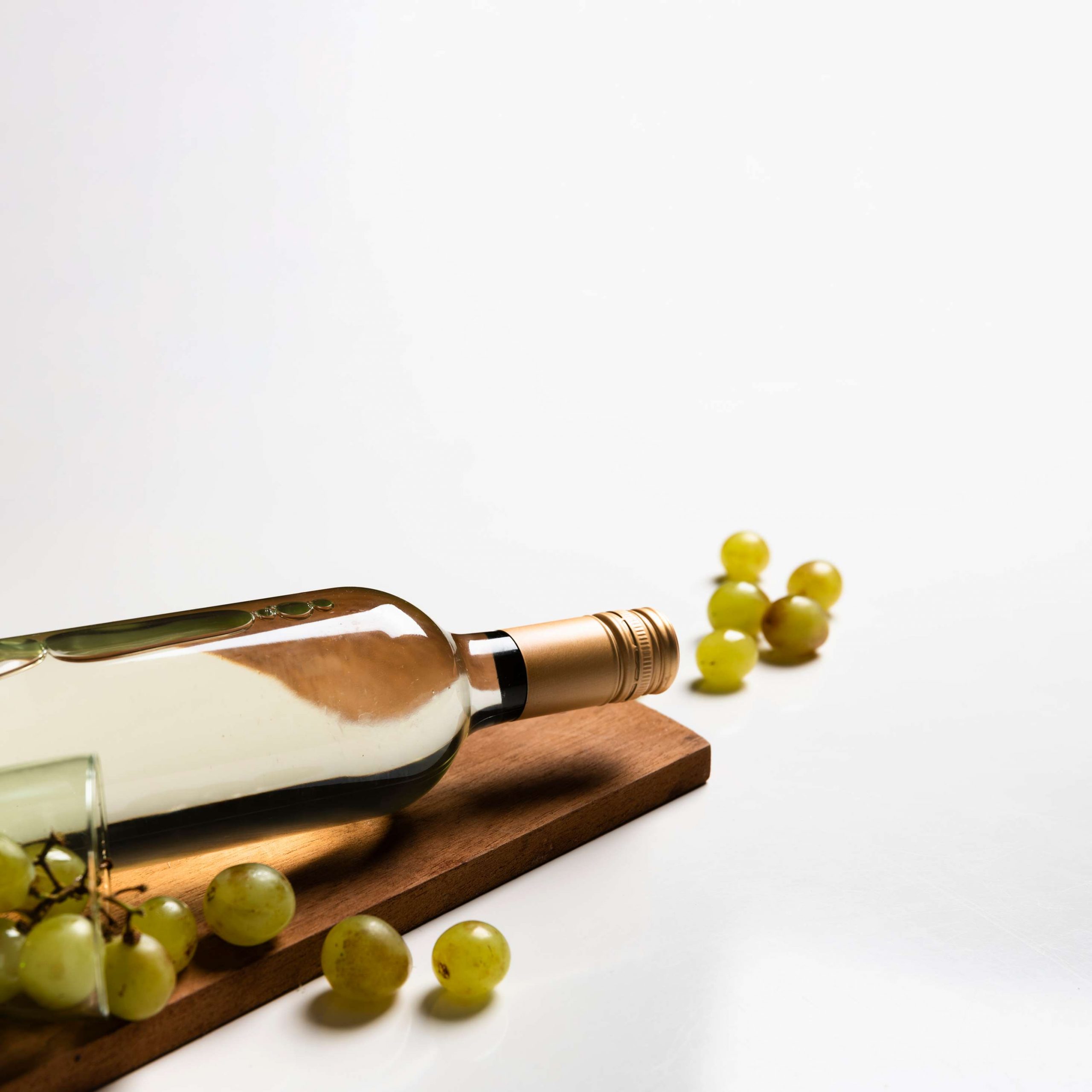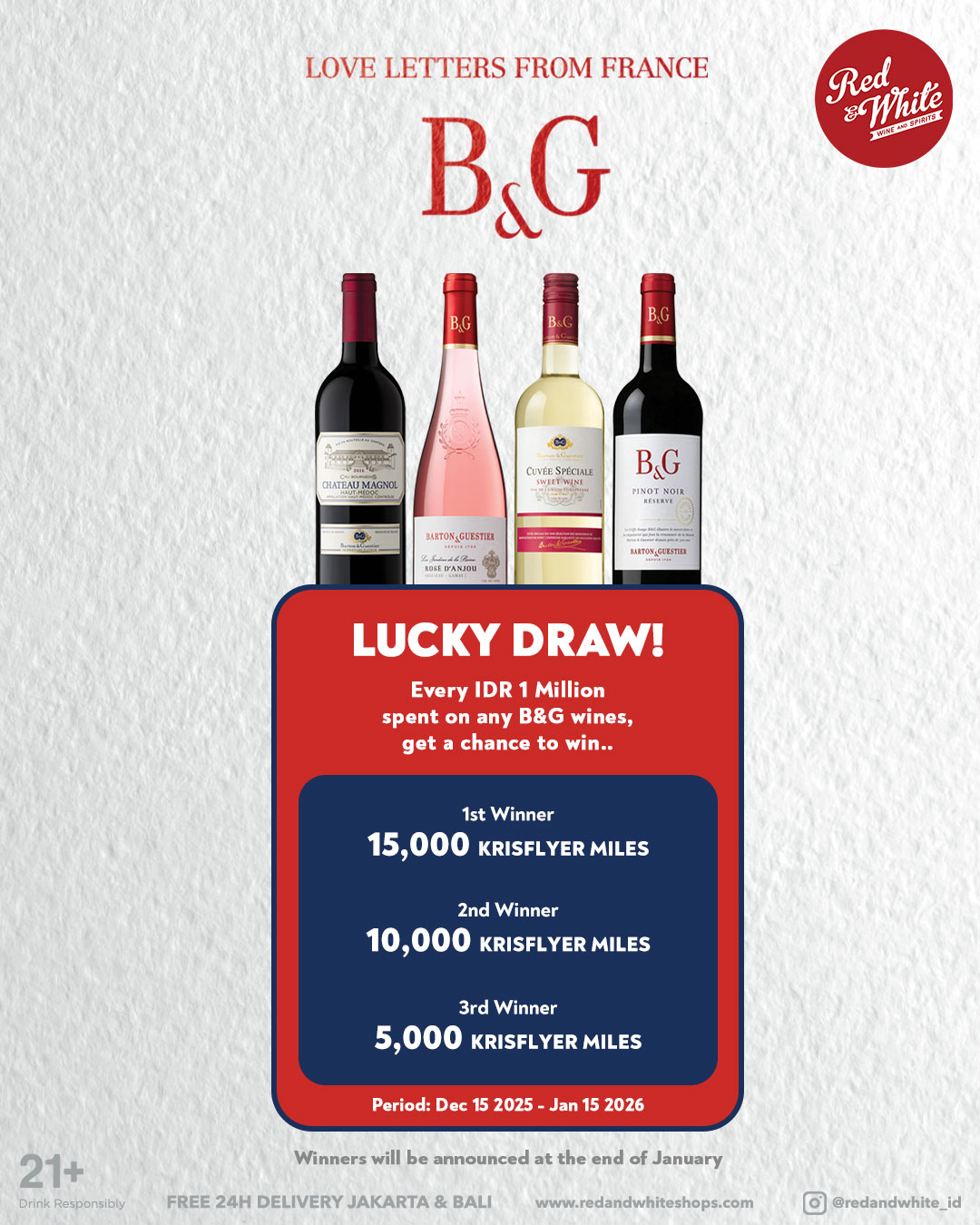
Discovering Sauvignon Blanc
White wine lovers, gather around. Today we’re taking a look at one of the most popular white wines in the world – Sauvignon Blanc. Loved for its refreshing crispness and vibrant flavours, Sauvignon Blanc is a versatile white wine for any occasion. Let’s take a closer look at this delightful wine!
What is Sauvignon Blanc?
Sauvignon Blanc is a white grape variety hailing from France. Its name comes from the French words sauvage, meaning wild, and blanc, meaning white. This grape is known for its acidity and bright flavours, with refreshing notes of citrus, green apple, and tropical fruits, depending on the terroir. The wine that this grape produces is perfect for warm weather, pairing beautifully with a variety of dishes.
The many terroirs growing Sauvignon Blanc
The Sauvignon Blanc grapes can be traced back to Bordeaux and Loire Valley in France. In the Loire Valley, the grapes are used in classic wines like Sancerre and Pouilly-Fumé, which are renowned for their minerality and elegance.
Over the years, the grapes have also found home in other parts of the world. Their adaptability enables them to flourish in a variety of terroirs. In Marlborough, New Zealand, Sauvignon Blanc grapes create wines bursting with bold tropical flavours and herbaceous notes. Countries like South Africa, Chile, and the United States (especially California) have also embraced Sauvignon Blanc, adding their own local touch to this beloved grape.
What does Sauvignon Blanc taste like?
One of the most distinctive features of Sauvignon Blanc is its flavour profile. Depending on where it’s grown, Sauvignon Blanc can express a wide range of flavours. In cooler climates, you’ll often find notes of lime, green apple, and fresh herbs. In warmer regions, Sauvignon Blanc offers tropical fruit flavours like passion fruit, mango, and melon.
The high acidity of Sauvignon Blanc gives it a crisp and clean finish, making it a go-to option for those who enjoy refreshing wines. Some Sauvignon Blanc wines even have subtle mineral or smoky characteristics, particularly those from the Loire Valley.
Sauvignon Blanc vs. other white wines
White wines are known for their crispness and acidity anyway, so what makes the Sauvignon Blanc so different from the rest?
Compared to Chardonnay, Sauvignon Blanc stands out with more lively flavours. The Chardonnay is oaked, making it rich and buttery instead of light and acidic. In this regard, Sauvignon Blanc is the more refreshing option.
Sauvignon Blanc is also often compared with Pinot Grigio. While two wines do share a crispness, Sauvignon Blanc contains herbaceous and tropical notes, making it more aromatic than the Pinot Grigio.
Food pairings with Sauvignon Blanc
This acidic wine is an excellent companion for food, especially complementing light and fresh dishes. Try serving Sauvignon Blanc with seafood such as oysters, prawns, or grilled fish. You can also have this wine alongside salad, goat’s cheese, and dishes with herbal or citrusy flavours.
If you’re looking for the ideal summer pairing, Sauvignon Blanc and asparagus or green vegetables make a wonderful combination. Its versatility makes it a favourite for picnics, brunches, and casual dinners alike.
Choosing the right one for you
Picking out a bottle of Sauvignon Blanc may be daunting, but it really comes down to the kind of wine you prefer.
If you’re looking for a classic, mineral-driven wine, opt for a French Sauvignon Blanc like Sancerre. If you want a fruitier wine with a little bit of punch, choose a bottle from New Zealand.
How to serve Sauvignon Blanc
Like most white wines, Sauvignon Blanc is best served chilled to enhance its crispness and flavours. The ideal serving temperature is around 8-10°C.
Sauvignon Blanc is a white wine that truly has something for everyone. From its French origins to its bold New Zealand expressions, Sauvignon Blanc remains a staple on wine lists everywhere. Looking for a nice bottle of Sauvignon Blanc to add to your list? Check out the collection at a Red & White store near you.




